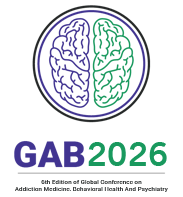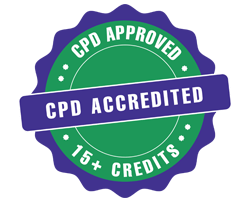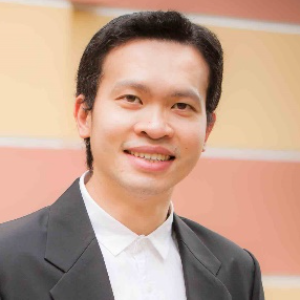Title : Cannabis and neuropsychiatric disorder: Relationship and management
Abstract:
Cannabis is a commonly used substance around the world. Cannabis can be divided into two main groups based on psychological effects: 1) Psychoactive compounds, such as tetrahydrocannabinol (THC), which can lead to neuropsychiatric problems, including addiction and hallucinations. 2) Non-psychoactive compounds, such as cannabidiol (CBD), which do not cause addiction. THC primarily exerts its effects by stimulating the cannabinoid type 1 (CB1) receptors in various brain regions. This activation leads to a range of pharmacological effects, both beneficial and adverse effects. Beneficial effects include analgesia, antiemetic effects and appetite stimulation. However, it can also cause neuropsychiatric disorders, such as addiction, hallucinations, and cognitive impairment. For cognitive impairment, THC has been shown to impair multiple cognitive domains, including verbal learning and memory, attention, and executive function. Moreover, individuals who begin using cannabis during adolescence, a critical period for brain development, may experience persistent cognitive impairments. Clinical studies have found that although cognitive function tends to improve after cessation of cannabis use, those who started using cannabis in adolescence may not fully recover to their baseline level of cognitive performance. Therefore, the use of THC should be avoided in children and adolescents. THC-induced addiction and hallucinations are primarily associated with its ability to increase dopamine levels in the mesolimbic tract. Clinical studies have shown that approximately 8.9% of individuals who use cannabis over their lifetime develop cannabis use disorder. While this rate is lower than that of substances such as alcohol, tobacco, or methamphetamine, the gateway hypothesis suggests that cannabis use may increase the risk of subsequent use of other illicit substances, such as cocaine and heroin. The mainstay of treatment for cannabis use disorder is non-pharmacological therapy, particularly psychotherapy. Pharmacological treatment is considered as adjunctive treatment, and current evidence supporting its use remains limited. Medications with some evidence of benefit include N-acetylcysteine (NAC) at a dose of 2,400 mg/day and gabapentin 1,200 mg/day. For cannabis-induced psychosis, the primary treatment is the use of antipsychotic medications. A key clinical observation is that higher doses and longer treatment durations are often required to alleviate symptoms compared to methamphetamine-induced psychosis. This may be related to findings that THC can induce P-glycoprotein function (P-glycoprotein inducer) at the blood-brain barrier, which may lead to increased efflux of antipsychotic drugs from the brain, thereby reducing their therapeutic effectiveness. In summary, THC is associated with a range of neuropsychiatric disorders. Therefore, its use should be avoided in high-risk individuals or in cases where the potential risks outweigh the benefits.




